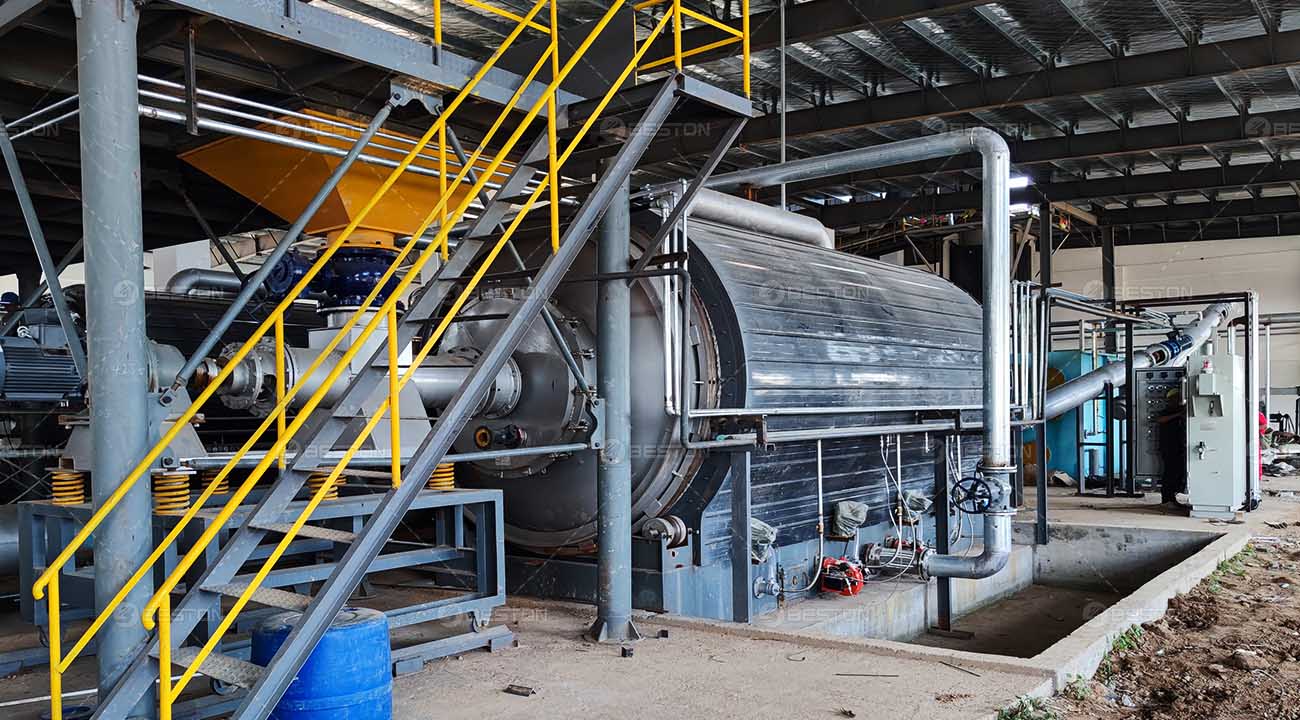In the pursuit of sustainable waste management, tyre pyrolysis plants have emerged as a promising solution, effectively converting used tyres into valuable resources. As investors and entrepreneurs explore the potential of these plants, it becomes essential to understand the various elements that contribute to tyre pyrolysis plant cost. This article delves into the intricacies of the expenses involved, offering insights into the key components of the overall cost.
Initial Investment Costs
The primary segment of the tyre pyrolysis plant cost encompasses the initial investment required to set up the facility. This includes procuring the pyrolysis reactor and associated equipment, which form the core of the pyrolysis process. Additionally, costs arise from the installation and commissioning of the plant, ensuring it is operational and ready for production. Moreover, site preparation and infrastructure development expenses are vital considerations to create a conducive environment for efficient plant operation.
Feedstock Acquisition and Preprocessing
An essential aspect of tyre pyrolysis plant cost revolves around the feedstock, which comprises used tyres. Acquiring the used tyres, transporting them to the plant, and ensuring a continuous supply are integral steps in the process. The preprocessing stage involves shredding the tyres into smaller pieces to facilitate the pyrolysis process. Costs associated with the storage and handling of feedstock are also significant contributors to the overall expenses.

Operational Costs
Once the tyre pyrolysis plant is up and running, operational costs come into play. These costs encompass various aspects, including energy consumption and utility expenses to power the plant. Labor and workforce remuneration form another critical component, ensuring skilled operators oversee the plant's smooth functioning. Additionally, setting aside funds for regular maintenance and availability of spare parts is essential to avoid unexpected downtime and ensure continuous operation.
Compliance and Regulatory Costs
Adhering to environmental regulations and safety standards is crucial for the smooth operation of a tyre pyrolysis plant. Compliance and regulatory costs involve obtaining necessary permits and licenses, which vary based on geographical locations and legal requirements. Additionally, the implementation of emission control and pollution abatement measures incurs expenses. Ensuring the plant meets safety standards and passes inspections is also a significant factor in the overall cost.
Return on Investment (ROI) and Cost-Benefit Analysis
Amidst the expenses involved, investors seek to understand the return on investment (ROI) and cost-benefit analysis of a tyre pyrolysis plant. Calculating revenue generated from the sale of pyrolysis products, such as pyrolysis oil, carbon black, and steel wires, is crucial in determining the plant's financial viability. Assessing the payback period and profitability aids in making informed investment decisions. Furthermore, balancing the investment cost with the environmental and economic benefits gained from sustainable waste management becomes a key consideration for investors.
Conclusion
As the demand for sustainable waste management solutions grows, tyre pyrolysis plants have emerged as a viable option. Understanding the various elements that contribute to tyre pyrolysis plant cost is essential for investors and entrepreneurs looking to venture into this domain. The initial investment costs, feedstock acquisition, operational expenses, compliance and regulatory measures, and the overall cost-benefit analysis form a comprehensive picture of the tyre pyrolysis plant cost. By evaluating these components and conducting a thorough cost assessment, stakeholders can make well-informed decisions, embracing a greener and more sustainable future.

Comments
No comments yet. Be the first to react!